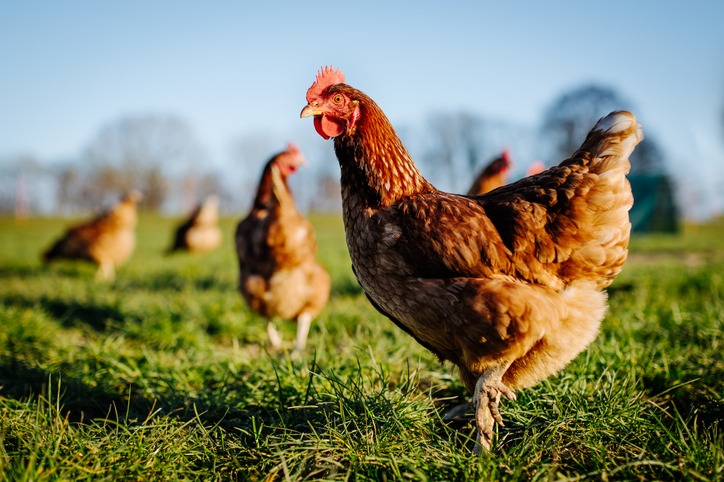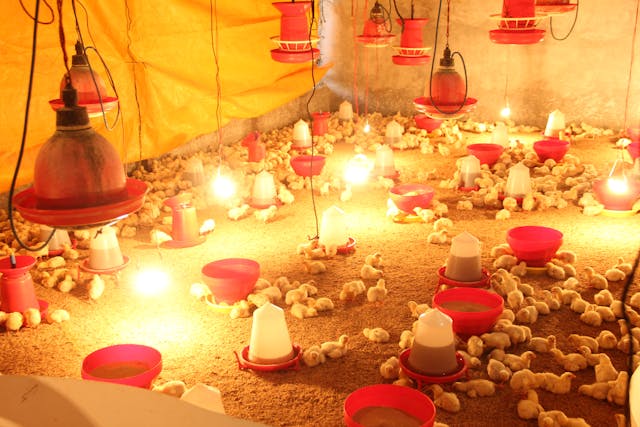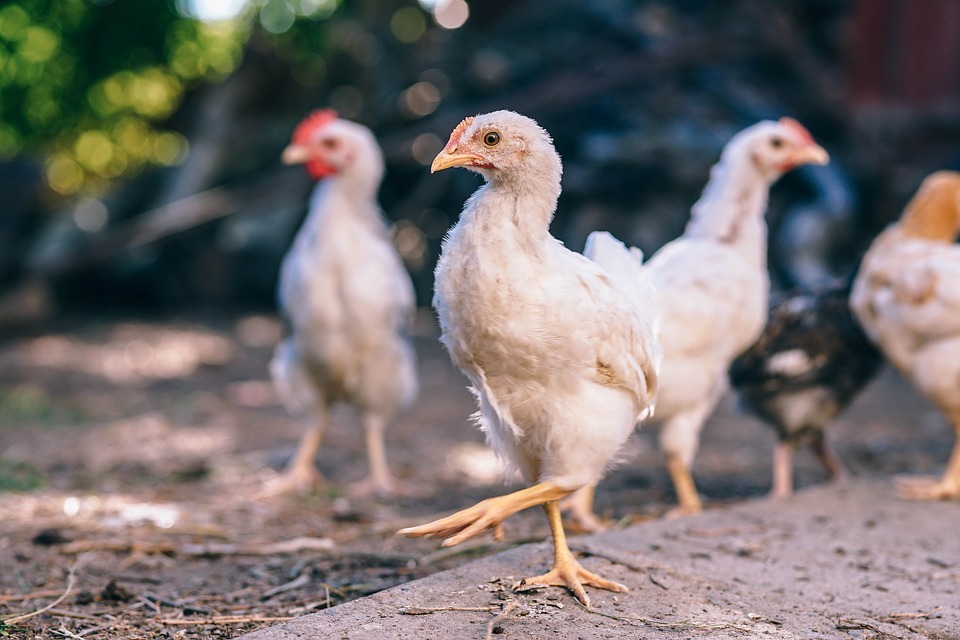How to Protect Your Chickens From Predators: Tips and Strategies
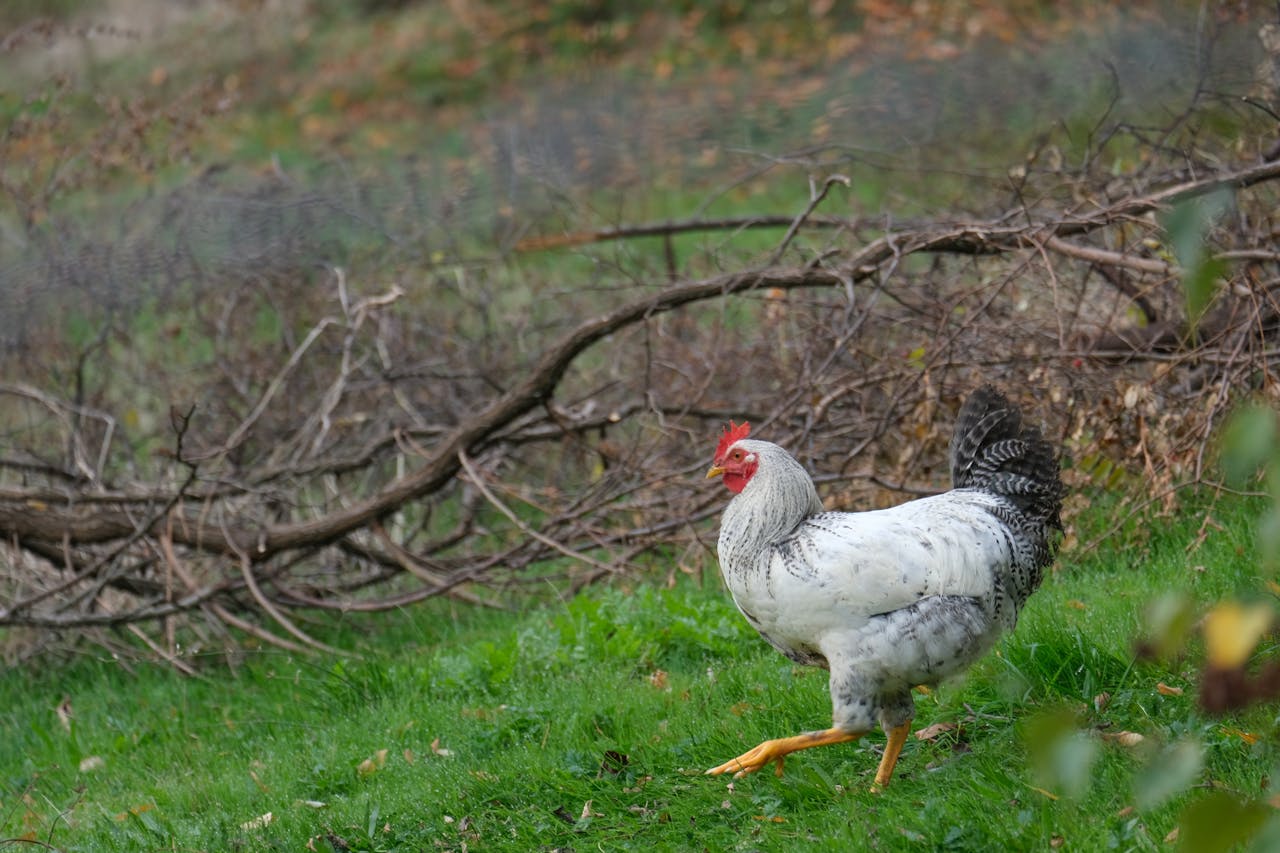
Raising chickens can be an incredibly rewarding experience, offering fresh eggs, natural pest control, and a closer connection to nature. However, protecting your flock from predators is one of the biggest challenges faced by chicken keepers. Predators are clever, persistent, and opportunistic, but with the right measures in place, you can greatly reduce the risk of attacks and create a secure environment for your chickens.
This guide provides comprehensive tips to predator-proof your coop, run, and free-range areas. Whether you’re just starting out or looking to upgrade your current setup, these strategies will help you keep your flock safe.
Essential Coop Security Features
The coop is the cornerstone of your flock’s safety. At night, when predators are most active, a secure coop acts as a fortress, protecting your chickens while they sleep.
- Sturdy Construction: Begin with a coop made from strong, durable materials like treated wood, corrugated metal, or heavy-duty plastic. Avoid lightweight or flimsy materials that predators can easily chew through or claw apart. For added durability, consider using screws instead of nails, as nails can loosen over time.
Regular inspections are key. Look for signs of wear and tear, such as rotting wood, rust on metal components, or gaps in the walls. Even small openings can invite predators like snakes or rats, which can squeeze through surprisingly tight spaces.
- Predator-Proof Entrances: Doors and windows are common entry points for predators. Reinforce these areas with 1/4-inch hardware cloth, which is much sturdier than traditional chicken wire. Unlike hardware cloth, chicken wire is designed to keep chickens in but is ineffective at keeping predators out.
Install latches that require two steps to open, such as those with carabiners or heavy-duty sliding bolts. Raccoons are particularly clever and can easily manipulate simple hooks or latches.
- Nesting Box and Floor Design: Elevating nesting boxes not only makes egg collection easier but also deters predators from reaching your hens while they lay. For additional security, consider building a solid floor or laying hardware cloth beneath the coop to prevent tunneling predators like foxes and weasels.
- Additional Security Enhancements: Electric poultry netting can provide an additional layer of protection around your coop’s perimeter. Motion-activated lights or alarms are also effective deterrents, especially for nocturnal predators. A weatherproof coop ensures that rain or snow doesn’t weaken the structure over time, keeping it secure year-round.
A well-designed and well-maintained coop is your flock’s first line of defense.
Predator-Proofing Your Run
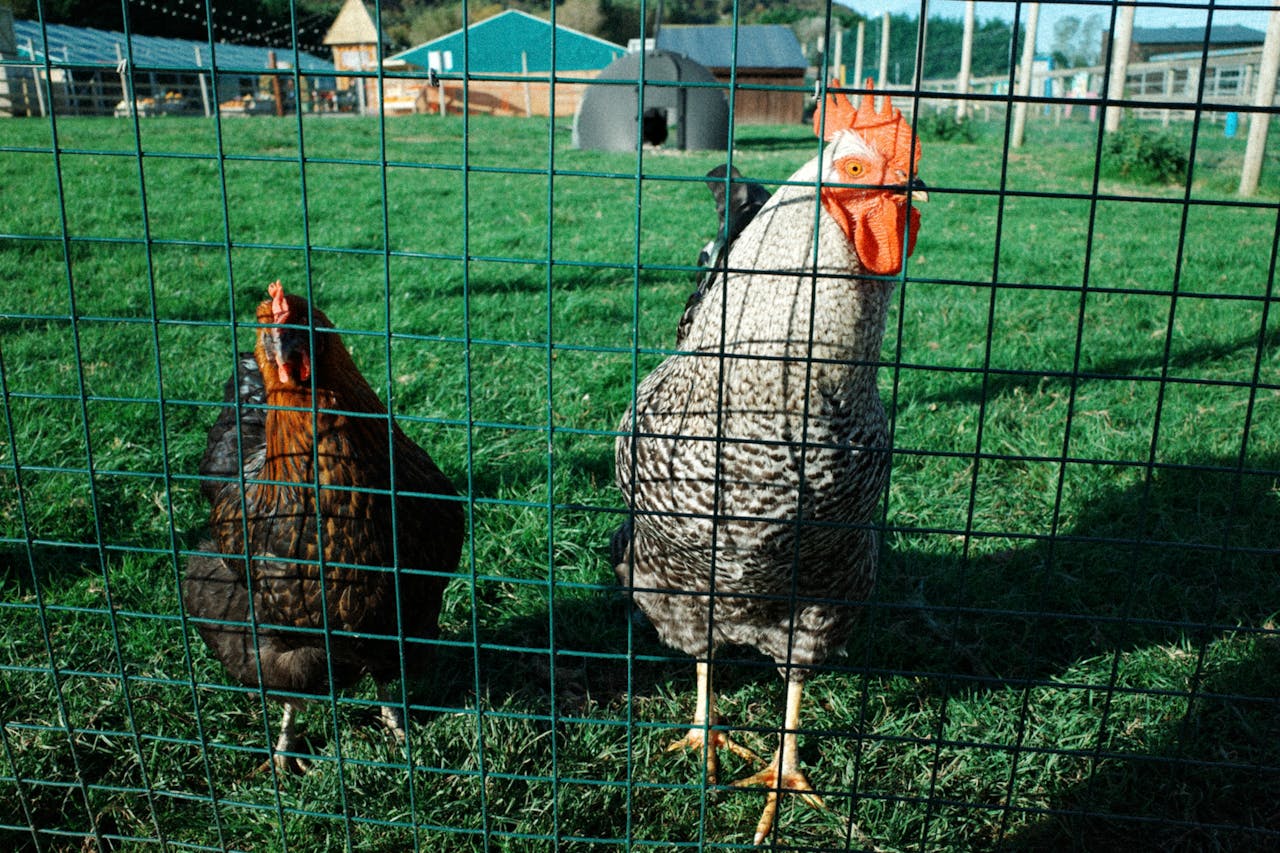
While a secure coop is essential, your run needs to be equally safe if your chickens spend time outside during the day. Predators are opportunistic, and even brief gaps in protection can lead to attacks.
- Full Enclosure: Your chicken run should be fully enclosed with 1/4-inch hardware cloth on all sides, including the roof. A fully enclosed run keeps out climbing predators like raccoons and aerial predators like hawks and owls. Never rely solely on chicken wire, as it’s too weak to withstand determined predators.
- Buried or Apron Fencing: Digging predators like foxes and dogs are a major threat. To prevent them from tunneling under your run, bury the fencing at least 12 inches deep. Alternatively, create a fencing apron by extending hardware cloth outward at a 90-degree angle from the base of the fence. This method is highly effective and easier to install than deep digging.
- Eliminating Hiding Spots: Predators often use tall grass, brush, or debris as cover when stalking prey. Clear these areas around the run to eliminate potential hiding spots. Keep the perimeter of your run open and visible, as predators are less likely to approach if they feel exposed.
- Using Deterrents: Reflective tape, wind chimes, or motion-activated sprinklers can help deter predators from lingering near the run. To keep these methods effective, rotate or change them periodically, as predators may grow accustomed to static deterrents.
Supervised Free-Range Time
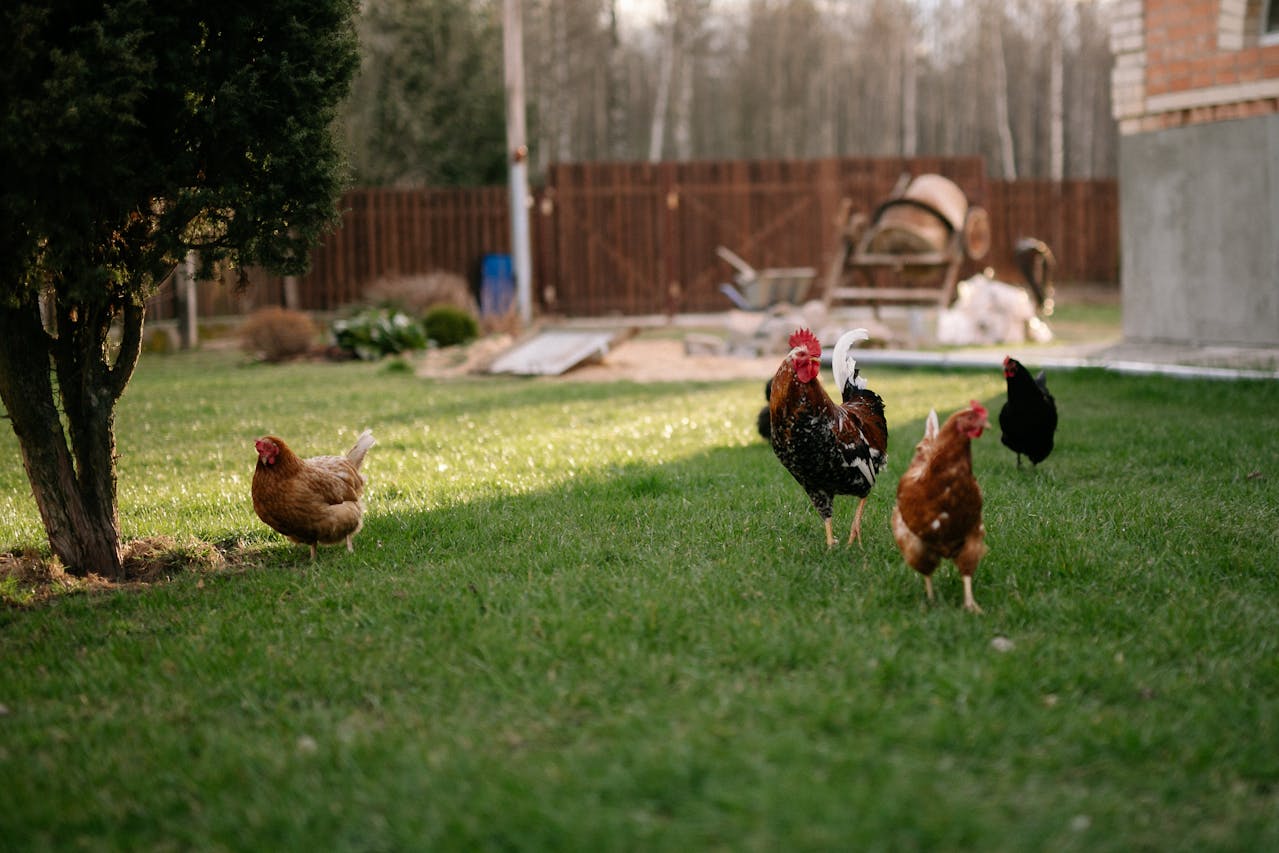
Allowing your chickens to free-range has many benefits, including healthier chickens and lower feed costs. However, it also comes with increased risks. Supervised free-range time provides the best of both worlds, letting your chickens roam while keeping them safe.
- Benefits of Supervision: Supervised free-ranging allows you to monitor your flock closely, reducing the risk of surprise attacks from predators. Chickens that free-range are also more active, resulting in stronger, healthier birds.
While you supervise, you can observe your flock for signs of illness or injury that might make a chicken more vulnerable to predators. You’ll also have the chance to identify potential weaknesses in your yard’s defenses.
- Using Portable Fencing: Portable chicken tractors or temporary fencing can create designated roaming areas for your chickens. These structures offer protection while still giving your flock access to fresh grass and insects.
- Training Your Flock: Establishing a routine for free-range time is essential. Train your chickens to return to the coop before dusk by using treats or a specific call. Chickens are creatures of habit and will quickly learn to associate your call with safety and rewards.
Fencing and Cover Strategies
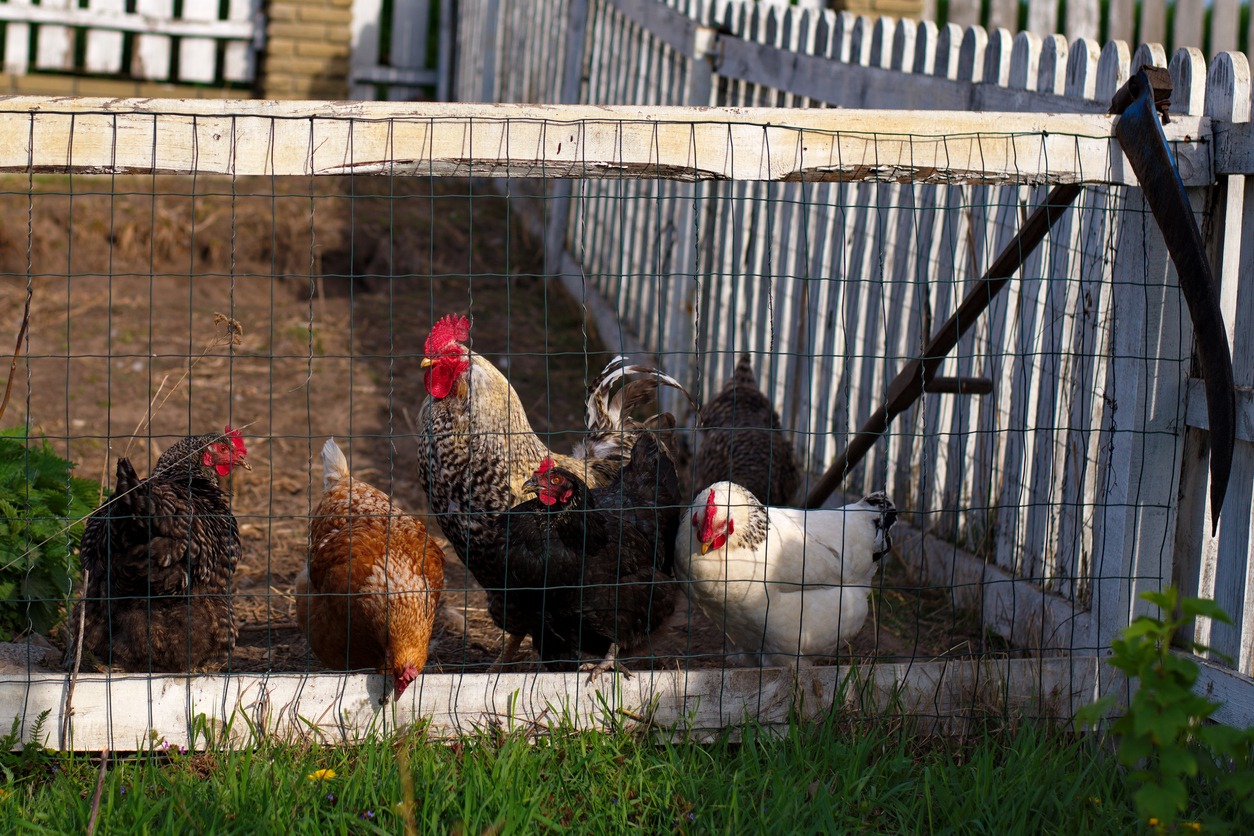
Good fencing and cover strategies are crucial for protecting your flock from both ground-based and aerial predators.
- Reliable Fencing Materials: Always choose hardware cloth with small openings (1/4 inch) for fences and barriers. This material is strong enough to withstand most predators and prevents smaller animals, like snakes and rodents, from squeezing through.
Electric poultry netting is a versatile option for larger spaces, providing a shock to deter ground-based predators. Make sure the netting is properly installed and regularly maintained to remain effective.
- Cover for Aerial Predators: Hawks, owls, and other birds of prey are a constant threat during the day. Cover your run with netting or shade cloth to keep these predators at bay. For free-range chickens, natural cover such as bushes, shrubs, or even artificial structures like wooden shelters can provide safe hiding spots.
- Regular Maintenance: Inspect fences and covers regularly for holes, rust, or sagging. Address any damage promptly, as predators can quickly exploit weak points. Reinforce vulnerable areas with extra layers of hardware cloth or zip ties for added strength.
Guardian Animals for Protection
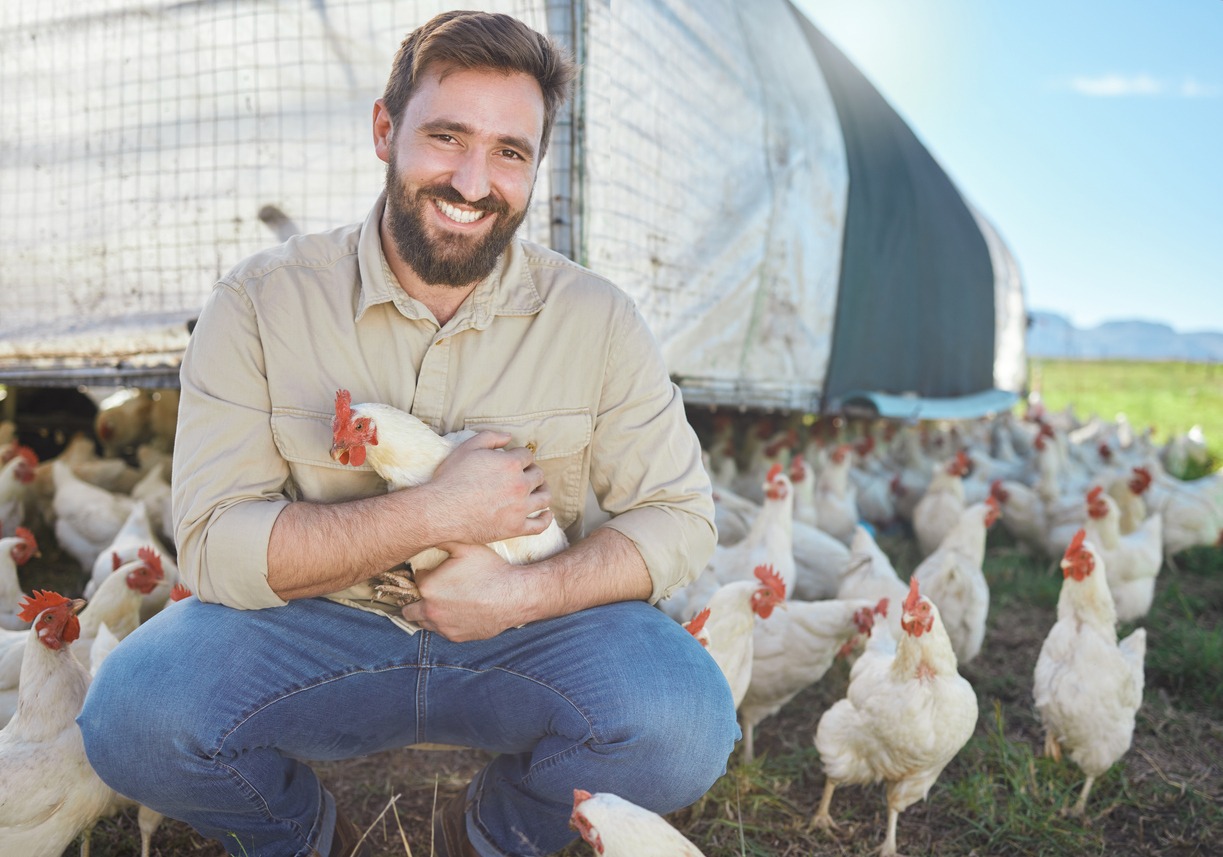
Guardian animals are a powerful addition to your predator-proofing strategy, providing active defense and deterring predators with their presence.
- Best Choices: Livestock guardian dogs (LGDs) like Great Pyrenees or Anatolian Shepherds are bred for this purpose and are highly effective. Geese, donkeys, and llamas are also excellent choices, as their size and loud calls can scare off predators.
- Training Guardian Animals: Proper training is crucial to ensure that your guardian animals understand their role. Socialize them with your flock early, and supervise initial interactions to prevent accidental harm.
- Roosters as Defenders: Roosters can act as protectors, sounding alarms when predators are near. While they’re not as physically effective as larger animals, their vigilance can give your flock valuable time to take cover.
Identifying Common Chicken Predators
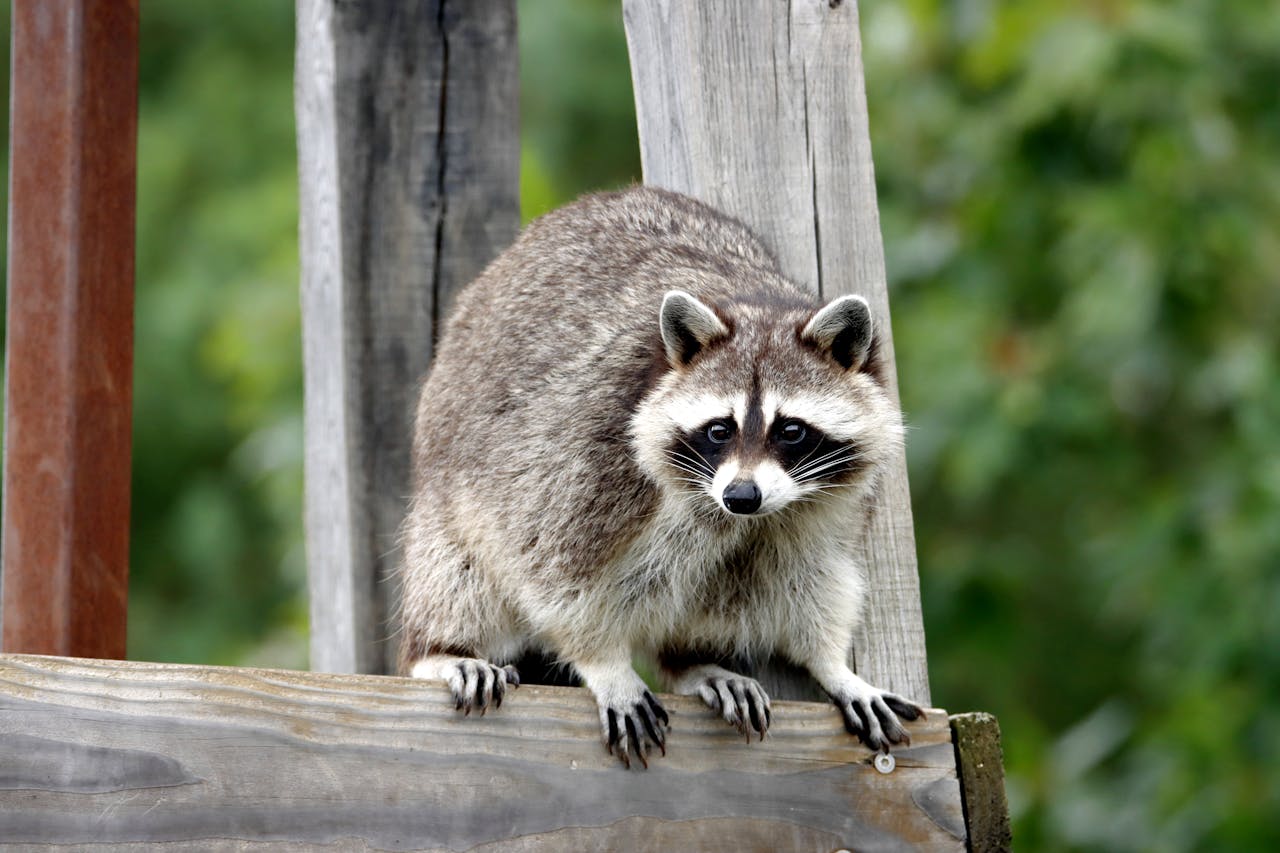
Understanding the specific predators in your area is essential for tailoring your defenses. Foxes, raccoons, coyotes, hawks, owls, snakes, and even domestic dogs are common threats. Each predator has unique behaviors and attack methods. For instance, raccoons often pull chickens through wire fences, while hawks swoop down during daylight hours.
Recognize the signs of predator activity, which may include tracks, scat, and damaged fencing. Keep an eye out for these signs and take immediate action to strengthen your defenses.
Also, research the predators common to your area. For example, areas with dense forests may have more foxes, while rural regions might see frequent coyote activity.
Nighttime Safety Measures
The majority of predator attacks occur at night, making nighttime safety a top priority.
- Locking the Coop: Always secure the coop before dusk. Automatic or gravity-activated doors are an excellent investment, ensuring your flock is safe even if you’re not home.
- Lighting and Scaring Devices: Motion-activated lights or alarms can startle nocturnal predators like raccoons or opossums. Place these devices near vulnerable areas, such as coop doors or fences.
- Eliminating Attractants: Predators are often drawn by food scraps, spilled feed, or compost piles. Keep these attractants far from the coop, and secure garbage bins with tight-fitting lids.
Deterrents and Repellents
Deterrents and repellents add an extra layer of defense by making your yard uninviting to predators.
- Physical Barriers: Electric fencing and sharp-edged strips can discourage predators from climbing fences.
- Motion-Activated Devices: Devices that emit sudden lights, noises, or water sprays are highly effective at scaring off predators.
- DIY Solutions: Homemade deterrents like hanging old CDs, reflective strips, or creating noise traps with tin cans are cost-effective options to try.
Best Practices for Flock Management
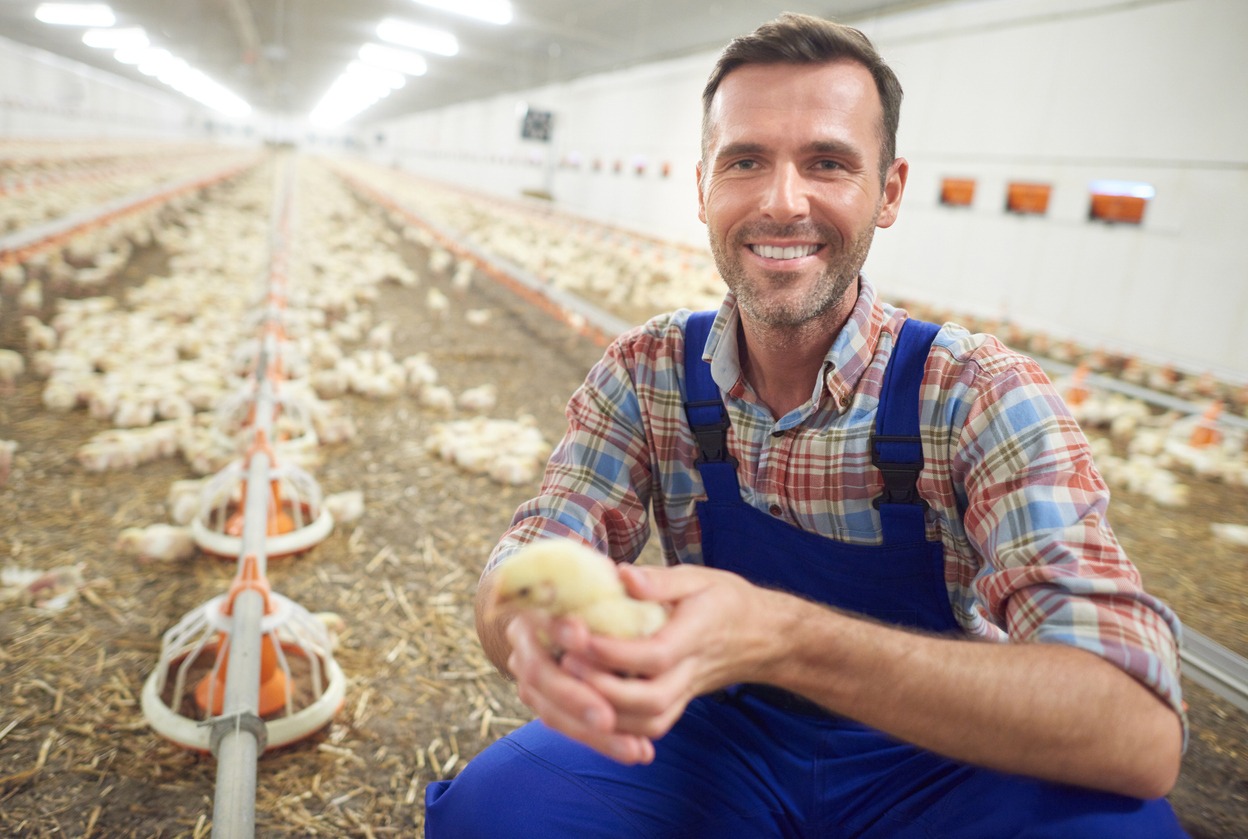
Finally, good flock management can greatly reduce the risk of predator attacks.
- Clean and Maintain Enclosures: Regularly clean the coop and run to eliminate attractants like food or waste. Promptly repair any damage to your fencing or coop.
- Limit Free-Range Times: Avoid letting chickens roam during high-risk periods, such as dawn and dusk. These times are when predators are most active.
- Prepare for Emergencies: Have a plan in place for dealing with predator breaches, including isolating injured birds and reinforcing weaknesses.
Conclusion
Protecting your chickens from predators takes time, effort, and consistency. By combining secure structures, vigilant supervision, and smart deterrents, you can create a safe environment for your flock. Regular maintenance and observation ensure your defenses stay effective over time. With these strategies in place, your chickens can thrive while you enjoy peace of mind.

